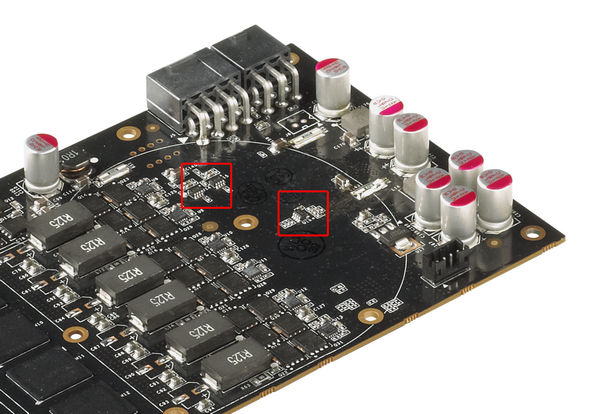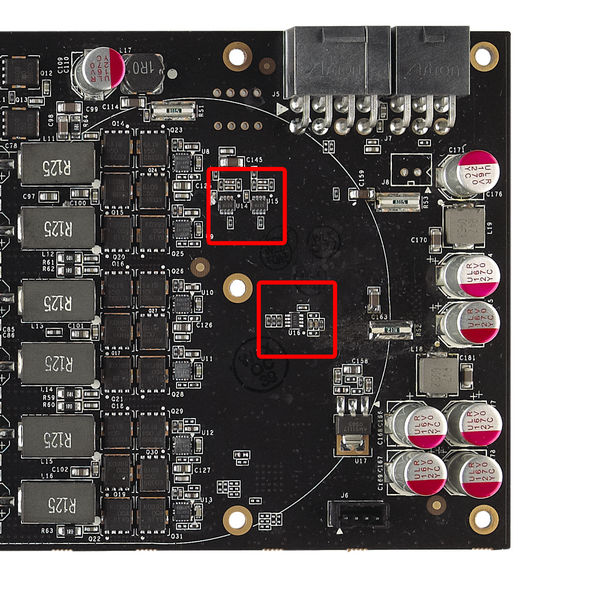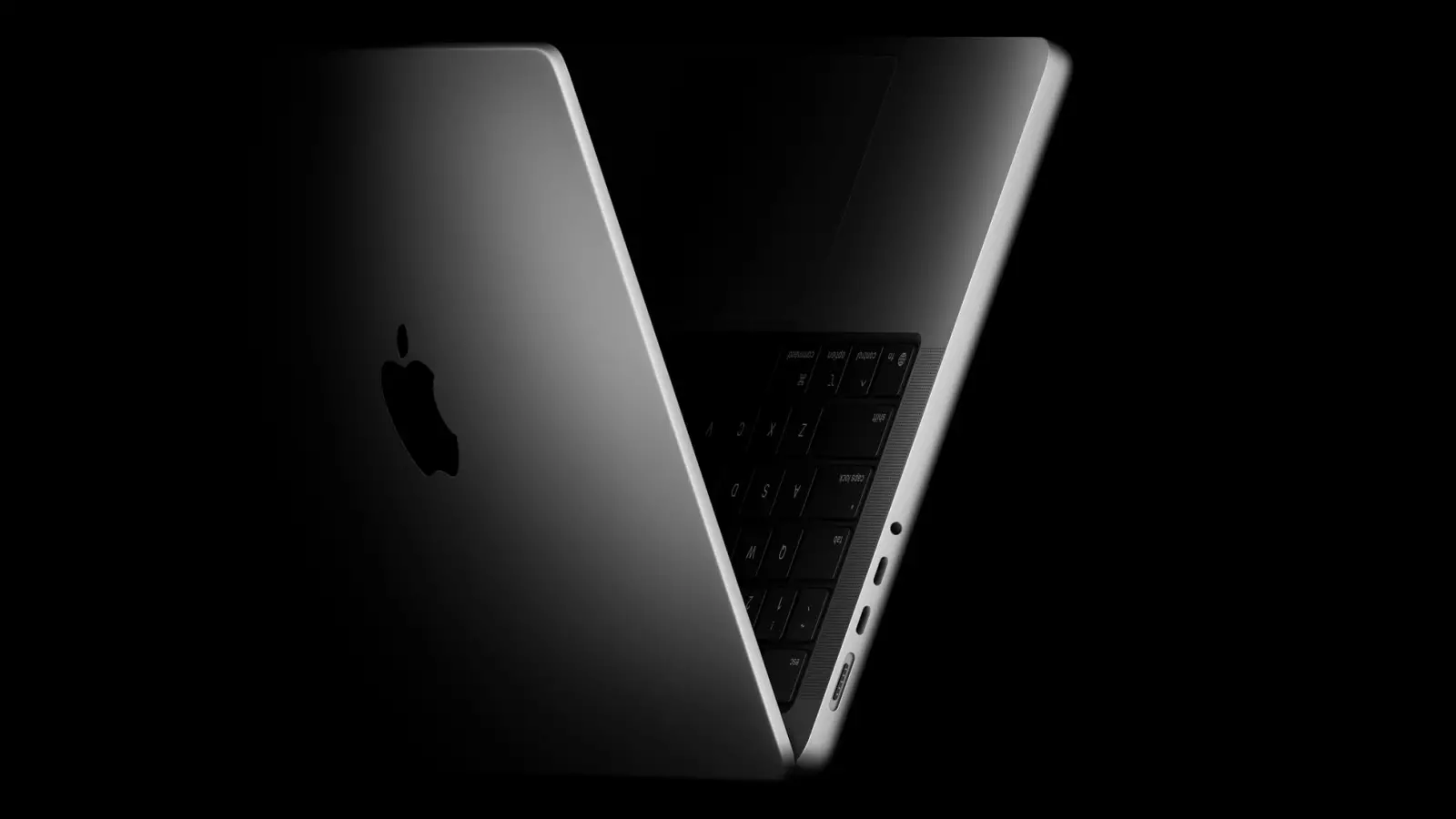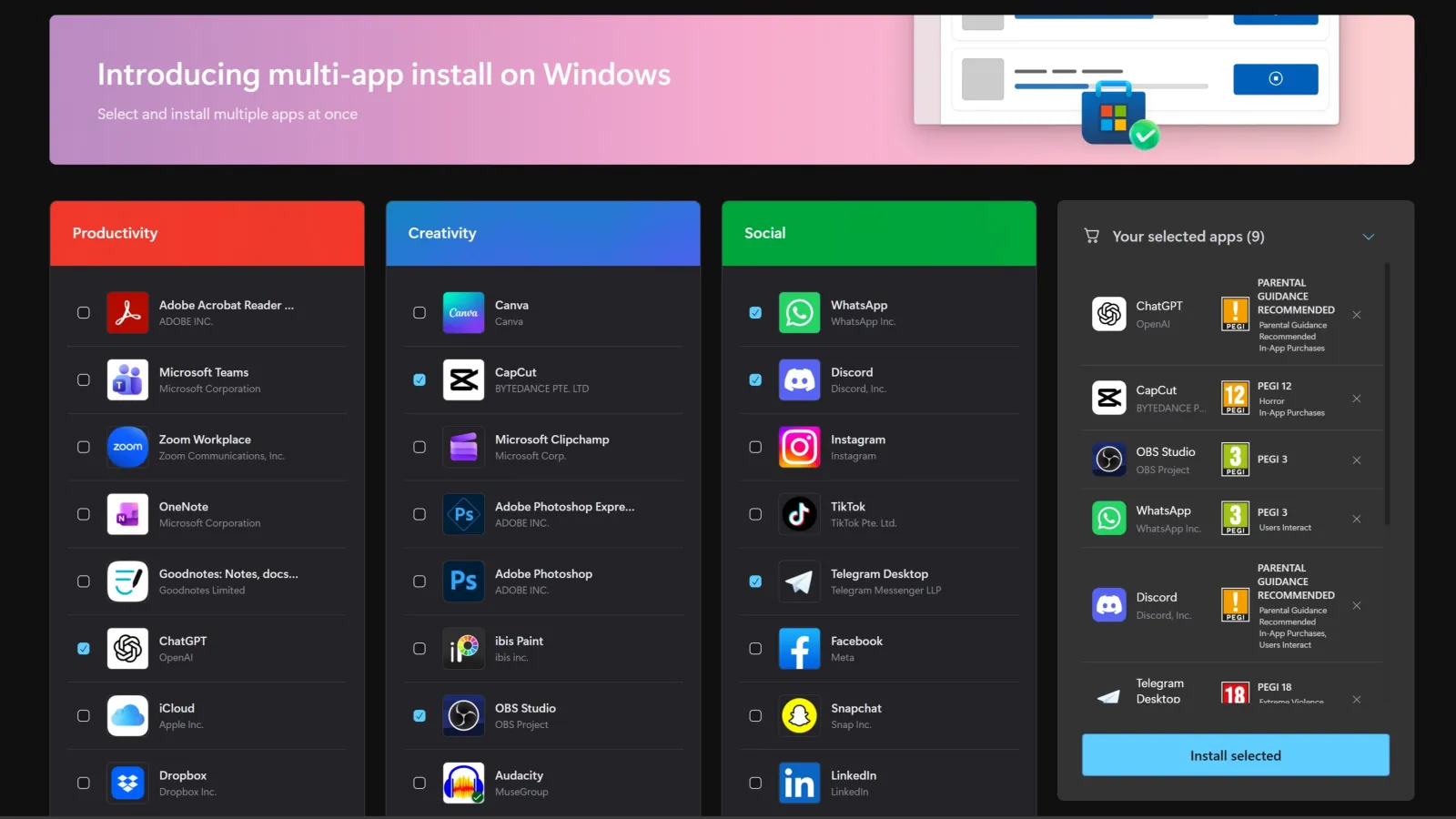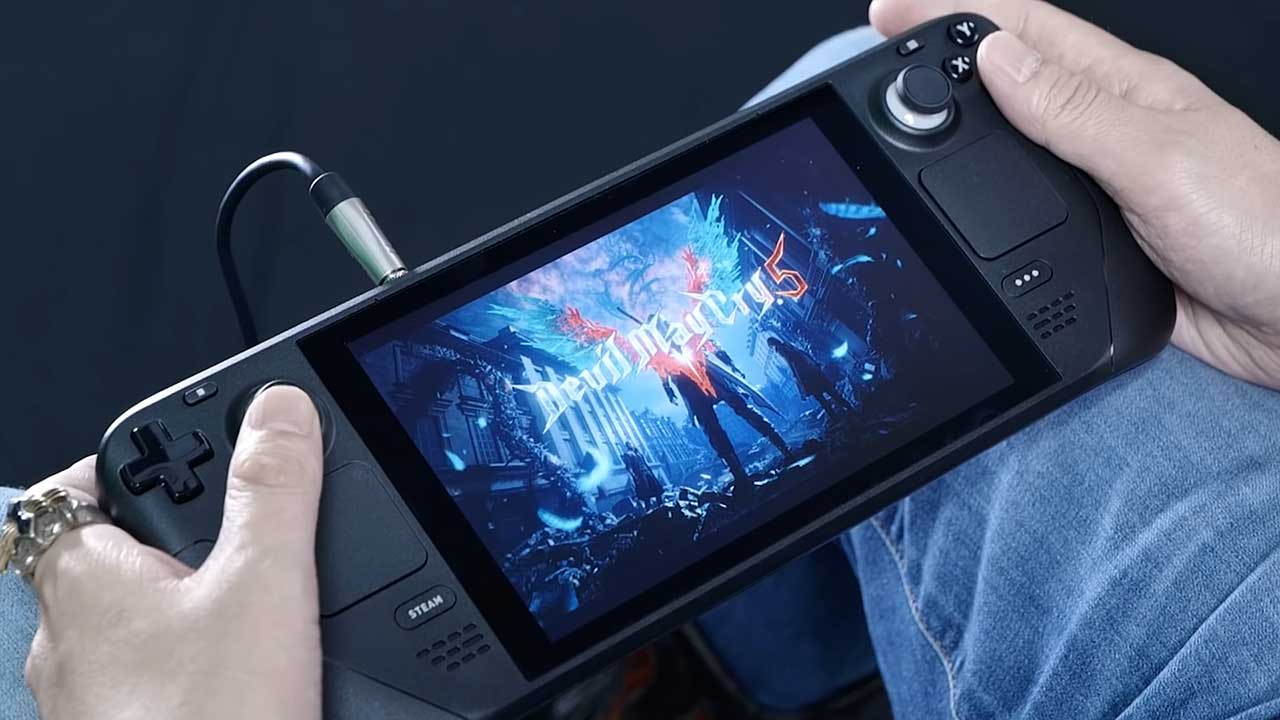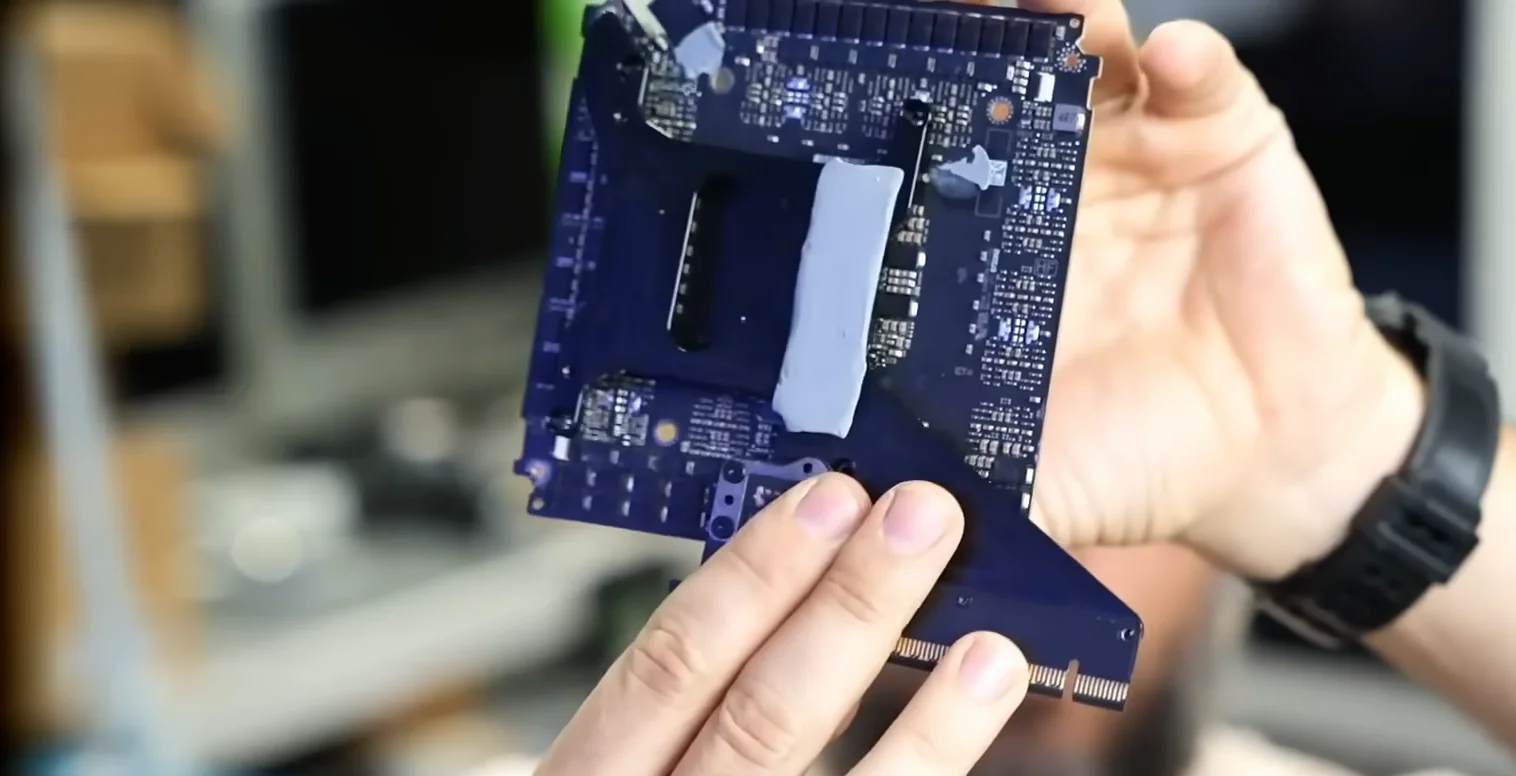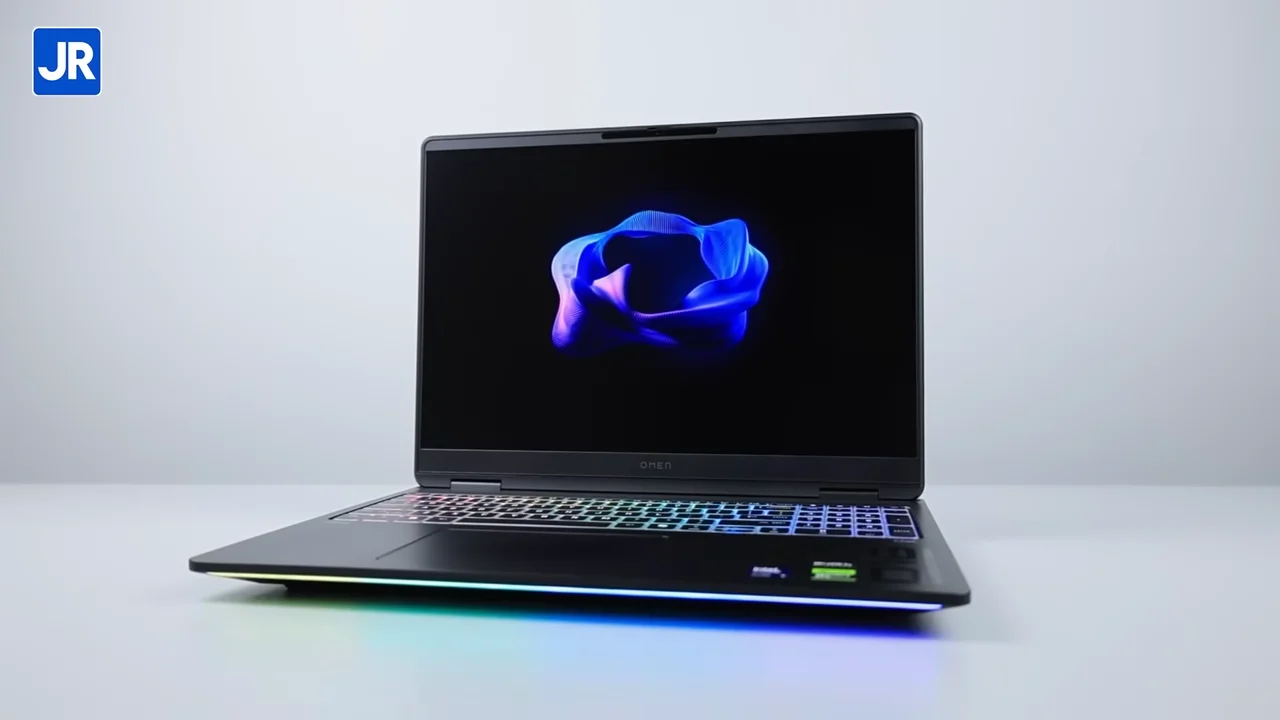Review – NVIDIA GTX 580: Fermi at its Best
New Power Monitoring Hardwares
NVIDIA implements their new power-monitoring feature on the GeForce GTX 580. Three chips are installed on the PCB (look at the highlighted parts in above pictures); each one is responsible to monitor the voltage supplied through the 8-pin and 6-pin power plugs and the PCI Express connector. The driver software will observe GTX 580’s power load and adjust the performance dynamically in “high-stress” situations, such as when the graphics card is running the FurMark and OCCT softwares, to keep the power consumption from going beyond recommended specification. Simply said, it prevents the graphics card from consuming excessive amount of power. To see if it really works, we ran the FurMark application. Here’s what we found.
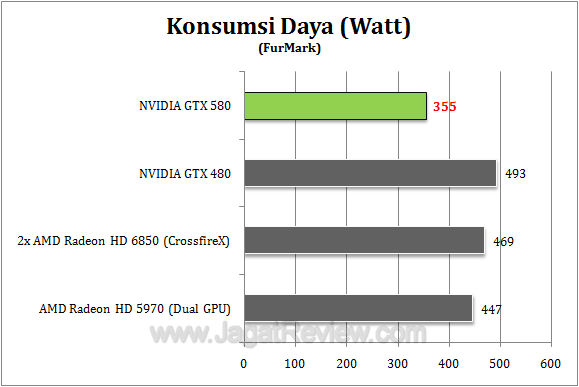
Indeed, the GeForce GTX 580 consumes less power compared to other configurations in our test, including its older brother, the GTX 480.
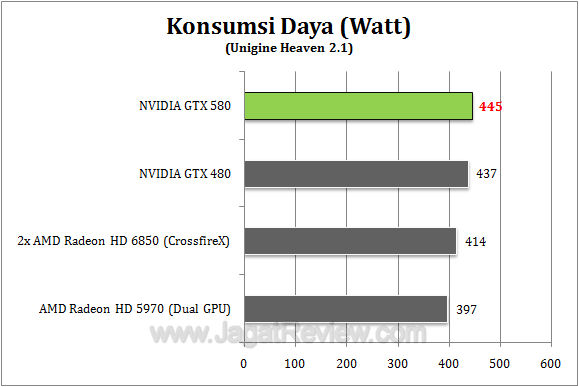
The above graphs show GTX 580’s power consumption when running the Unigine Heaven 2.1 benchmark. This time, its power consumption is a tad higher than the GTX 480.
As seen from the results above, GeForce GTX 580’s power consumption in FurMark is much lower compared to when it was running the Unigine Heaven 2.1 benchmark. Looks like NVIDIA’s power monitoring feature works well in applications that put a lot of stress on the card, such as the FurMark. One of the main intentions of its implementation is to prevent the GTX 580 from consuming too much power –beyond what it could actually handle- when running highly-stressing graphics softwares, or during extended gaming sessions.
